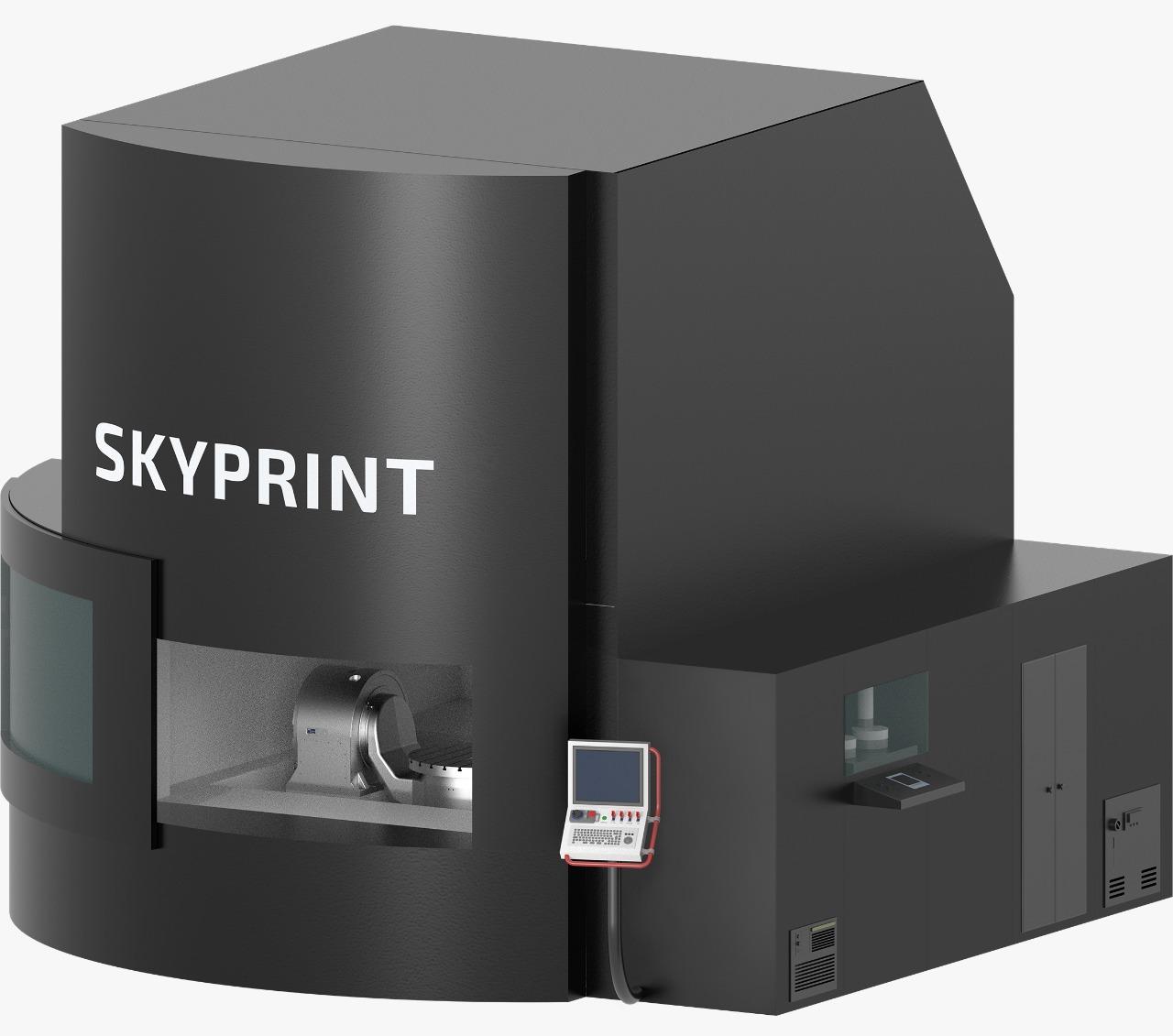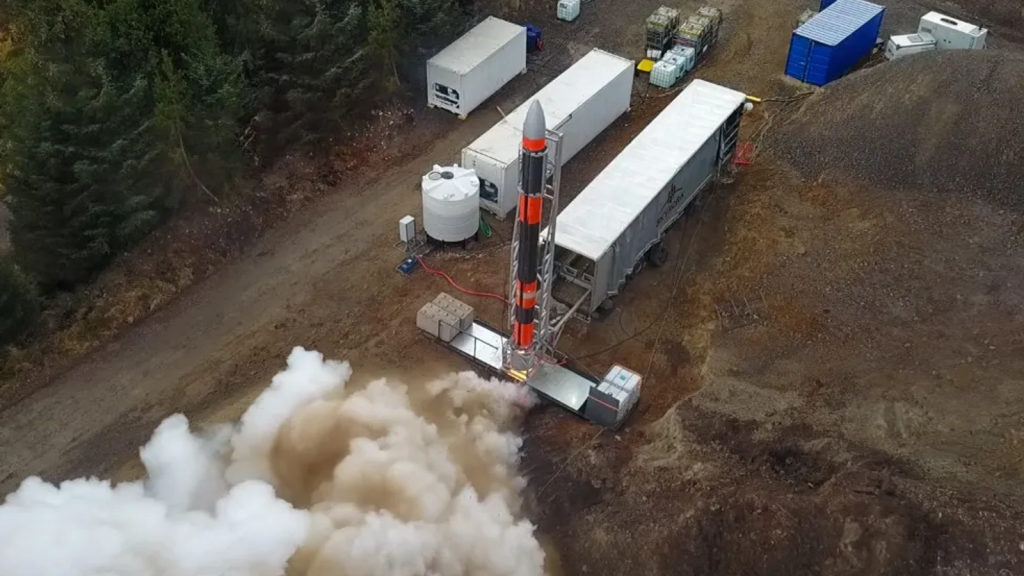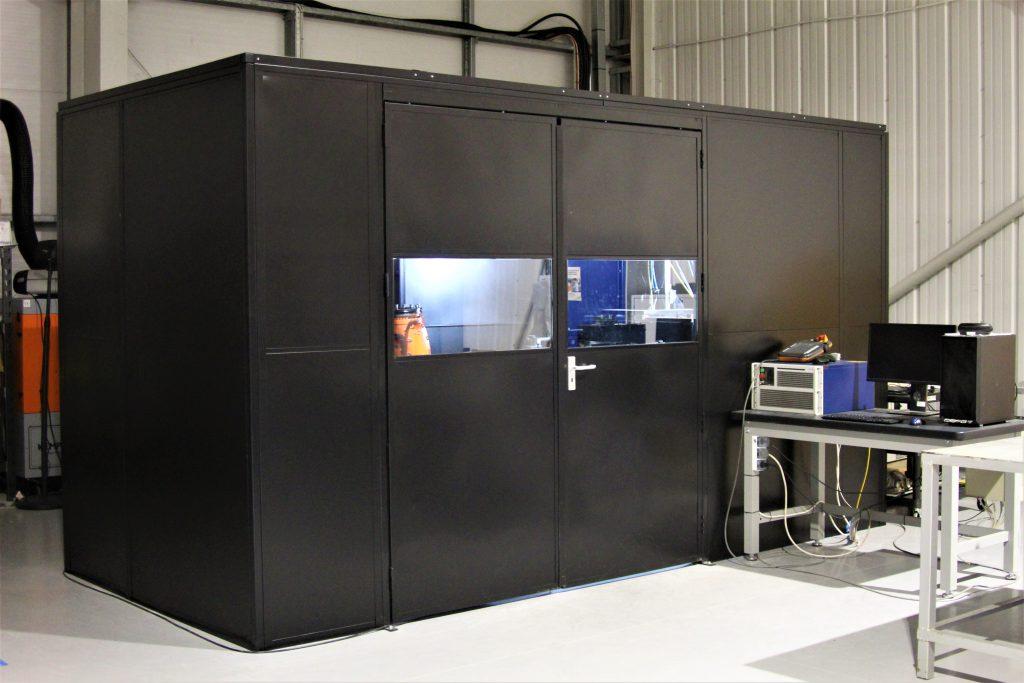China3D printingNet December 24th, Skyrora, a private rocket manufacturer based in Edinburgh, has developed what is said to be Europe’s largest hybrid 3D printer.
The company is about to start production in the second quarter of 2022, and the company’s upcoming Skyprint 2 3D printer will be used to manufacture large-format rocket engine components for Skyrora’s satellite launch vehicle. The machine is based on the previously developed Skyprint 1, and will have both metal 3D printing and traditional CNC milling functions in the same work area.
Skyrora said that compared with other metal 3D printers, Skyprint 2 will greatly reduce the complexity of the process, while reducing production costs and printing time by about 30%.
Volodymyr Levykin, Skyrora’s founder and CEO, said: “Skyprint 2 strengthens our ambitions. Not only do we want to be the first company to launch in the UK, but also to do so in the most sustainable way. By using our With customized industry-leading 3D printing technology to better control the design and manufacturing process of our parts, we are taking another critical step towards providing important space services from our own land.”

Rendering of Skyprint 2. The image is from Skyrora.
Use Skyrora to advance the development of British space industry
Skyrora was established in 2017 with the aim of becoming the leading space launch company in the UK. The company mainly targets the growing market for small satellites and uses a combination of additive manufacturing and traditional manufacturing to produce its own rockets. The company currently has more than 150 employees in Europe and hopes to be the first company to launch from a British spaceport by 2022.
As early as 2019, Skyrora announced the opening of a new engine testing facility in Scotland. Since then, the facility has been used to complete the combustion and gimbal testing of its rockets.
Earlier this year, the company also successfully completed the third stage of the Skyrora XL rocket. The launch vehicle is designed to be able to reignite the engine about 15 times in orbit. It will be used to complete tasks such as acting as a space tug or de-orbiting an obsolete satellite.
Recently, in October 2021, Skyrora announced a multiple launch agreement with the SaxaVord spaceport, which will enable the company to complete 16 launches per year by 2030.

Skyrora rocket under test. Photo from Skyrora.
Skyprint 2 3D printer
Skyprint 2 will use Skyrora’s Directed Energy Deposition (DED) 3D printing process, which is a form of additive manufacturing that uses a high-power laser beam to melt the metal powder deposited from the nozzle. This method is known for its excellent material efficiency, its ability to produce near-net-shape components, and its ability to repair parts by simply printing additional layers.
Using the CNC function of the system, Skyrora will be able to process its printed parts to achieve the final finished product geometry. The company will also be able to process parts that were not originally printed.
According to Skyrora, Skyprint 2 will be compatible with Inconel, a nickel-based superalloy known for its high strength, excellent corrosion resistance and high temperature stability. This metal is one of the materials of choice for high-stress and high-temperature parts in aerospace and other industries, and it happens to constitute most of the Skyrora rocket engine components.
Traditional manufacturing of Inconel engine parts may take about ten weeks from design to delivery, which does not include any quality modifications or iterations. With Skyprint 2, Skyrora expects to be able to 3D print its own ready-to-use Inconel parts in just two weeks. The system will also enable the company to perform rapid design iterations when needed, all without the associated time and cost burden.
Levykin added: “The creation of this cost-effective and time-effective solution encompasses innovation and talent at the heart of the British aerospace industry. As an asset, Skyprint 2 is a real game changer-it will change Skyrora’s Operations and expand the overall possibilities of space engineering.”

Skyrora’s existing Skyprint 1 3D printer. Photo from Skyrora.
With the advancement of additive manufacturing technology, 3D printing of rocket engine parts has become more and more common. In October, Launcher, a US private aerospace company, achieved another milestone in the process of testing its 3D printed E-2 rocket engine at NASA’s Stennis Space Center. The company also purchased a second Sapphire 3D printing system from OEM Velo3D, which will be used in the titanium orbiter pressure vessel of the 3D printed engine.
Elsewhere, California-based aerospace company Rocket Lab recently received US$24.35 million in funding from the US Space Force to fund the development of its next-generation neutron launch vehicle. The rocket is powered by the company’s 3D printed Rutherford engine and can send up to 300 kilograms into low-Earth orbit.
China3D printingNet compilation
(Editor in charge: admin)


0 Comments for “SKYRORA uses “Europe’s largest” hybrid 3D printer to develop rocket components”